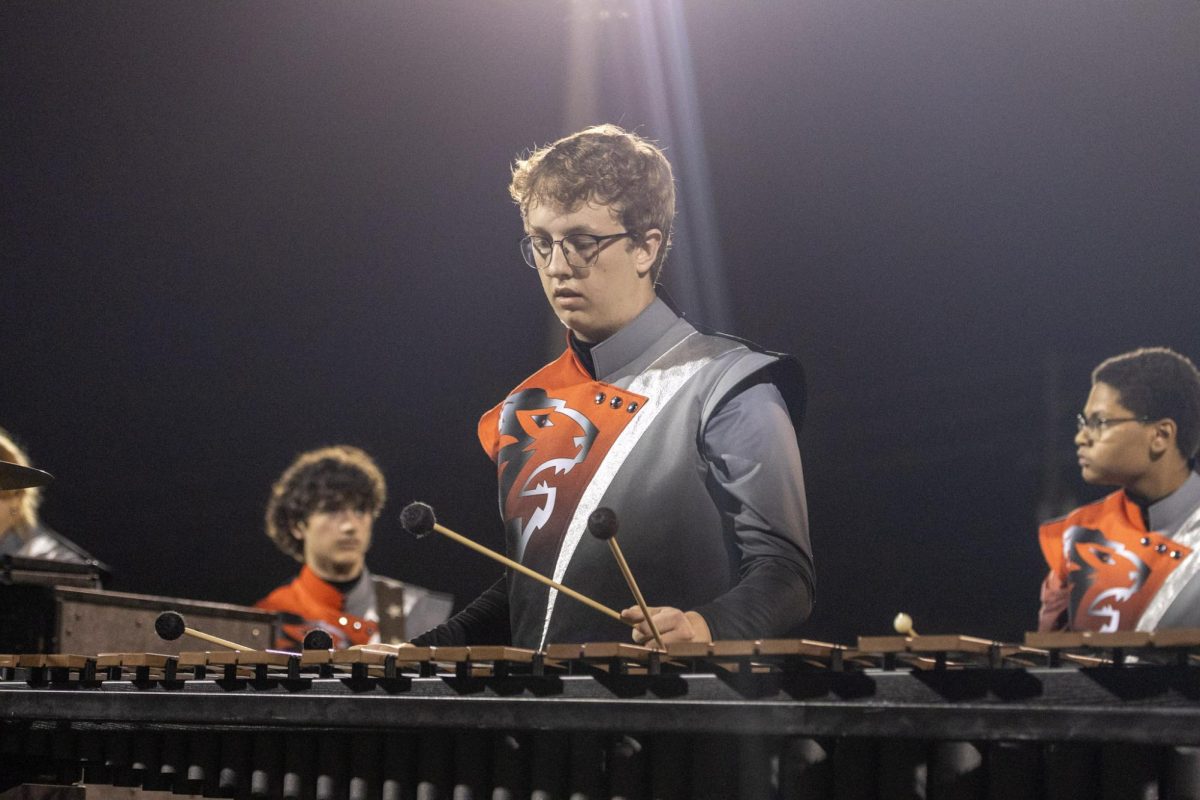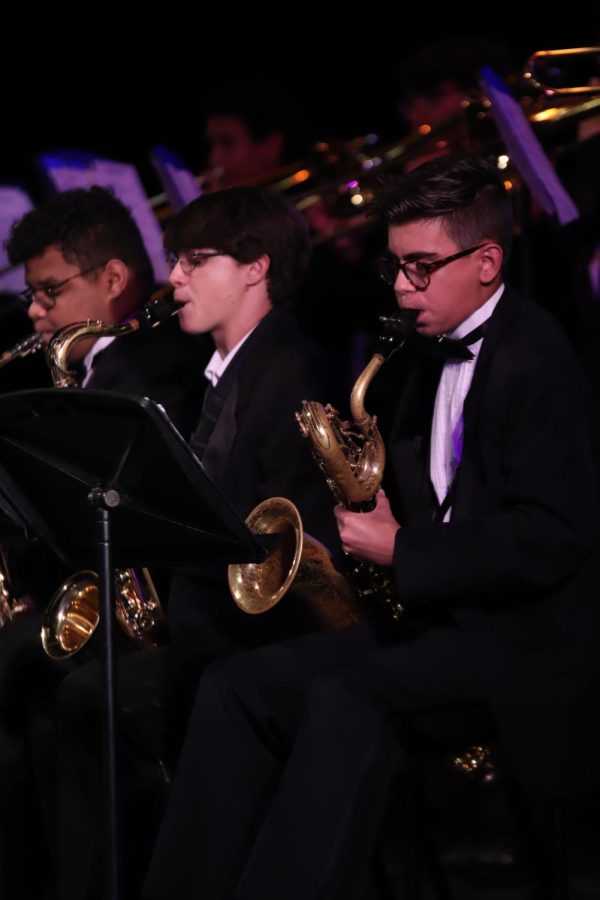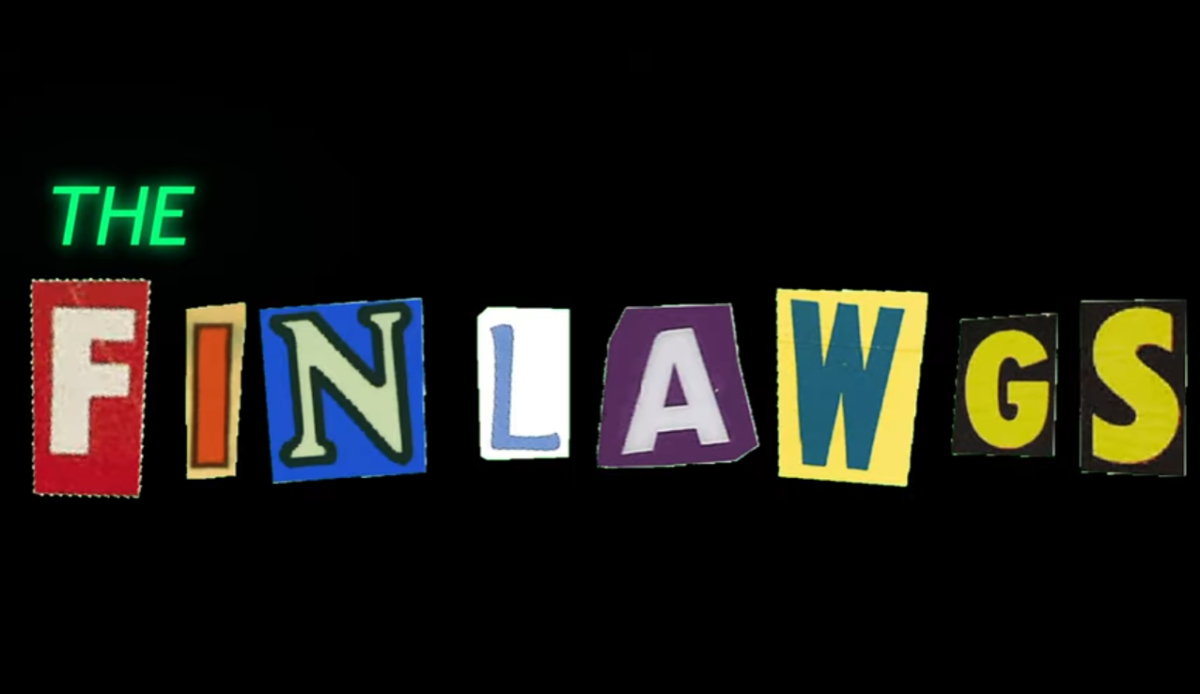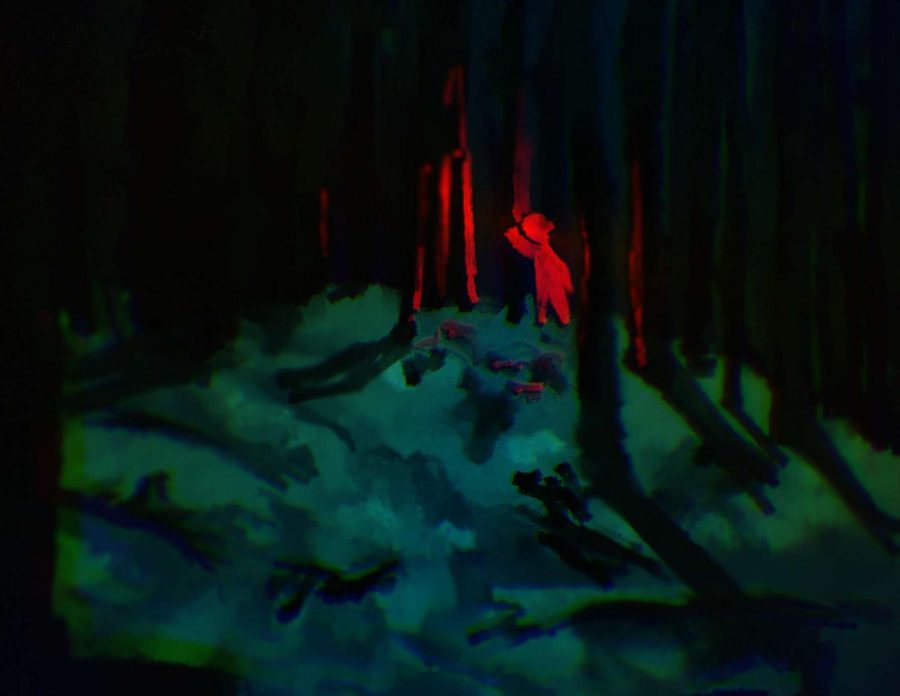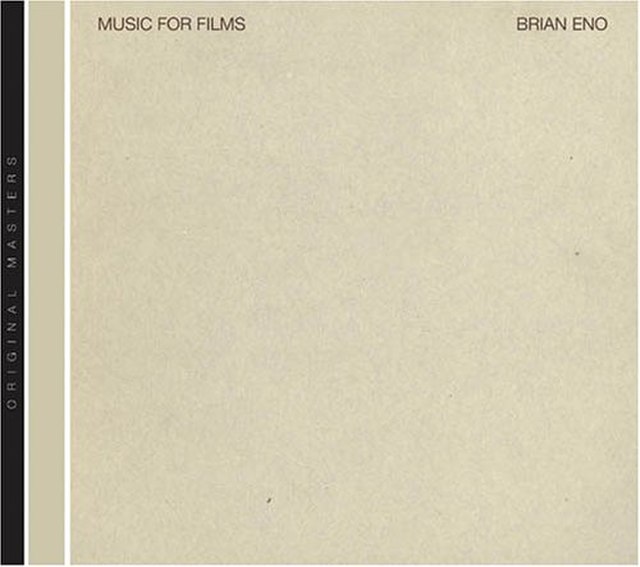Brian Eno’s Music for Films; a soundtrack for a film that doesn’t exist
October 14, 2022
When thinking about the most prolific and active producers in music, British composer Brian Eno comes to the minds of many. Best known for his contributions to the work of the Talking Heads, Devo, David Bowie, Kevin Shields, and others, Eno’s impact on both popular and experimental music is undeniable. His production ranges from David Byrne’s American Utopia to the famous Windows 95 startup sound (which was, ironically, composed on a Macintosh, as Eno greatly disliked PCs).
One of his best-known influences is effectively coining the genre of ambient music with his 1978 release Ambient 1: Music for Airports. The album was a revolutionary concept for its time, in that it was meant to provide a space for thought and serenity. Utilizing tape loops and synthesizers, it is inspired by the nervous, uncertain atmosphere of an airport terminal. It was almost meant to be a continuous sea of sounds and rhythms rather than a collection of related songs, like in conventional albums.
Perhaps one of the most fascinating album concepts in experimental music is Eno’s subsequent record after Music for Airports–that is, Music for Films. Music for Films can best be described as a soundtrack for a hypothetical film. The album is a collection of short, fleeting instrumental tracks that were created from 1975 to 1978, differing radically from the long, uninterrupted, flowing listening experience of his previous release. It utilizes a variety of different sonic techniques and instruments–from violas, to trumpets, to electric synthesizers. These influences combine within the record to create a film-esque atmosphere, open to interpretation by the listener.
The ambiguity within Music for Films is where its genius lies. It provides an emotional, yet subtle canvas for the listener to project their own thoughts and ideas onto. The film that the record soundtracks is not given to the listener, yet one can easily imagine whatever story they feel it portrays. As it is intended to be the music to a theoretical film, its potential and capacity for interpretation are limitless.











